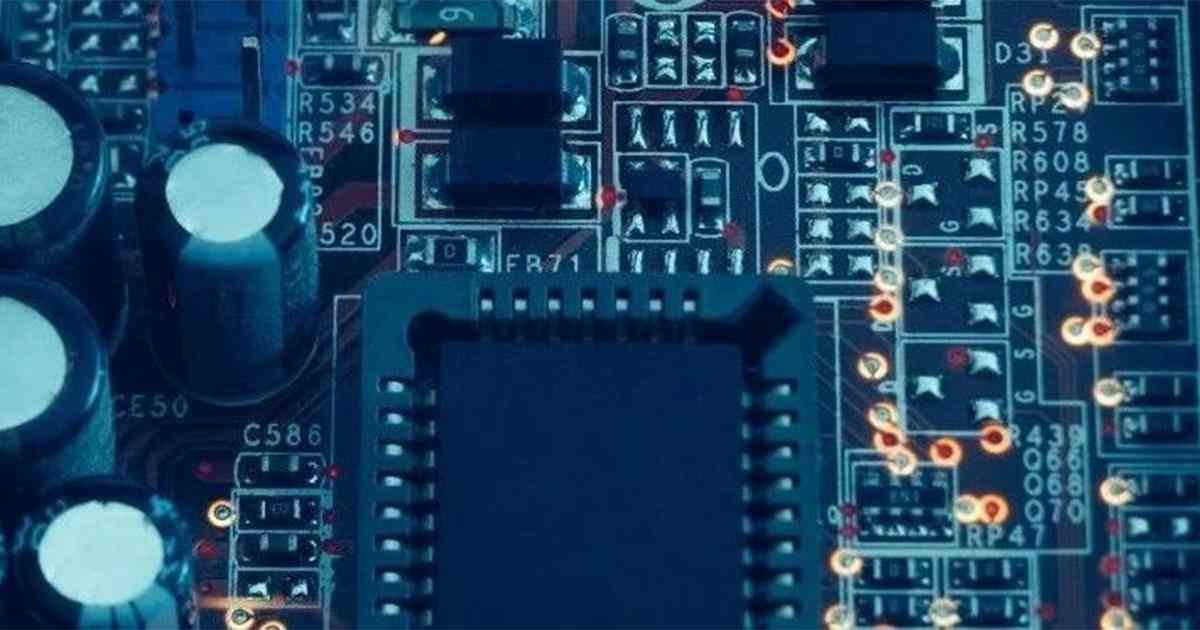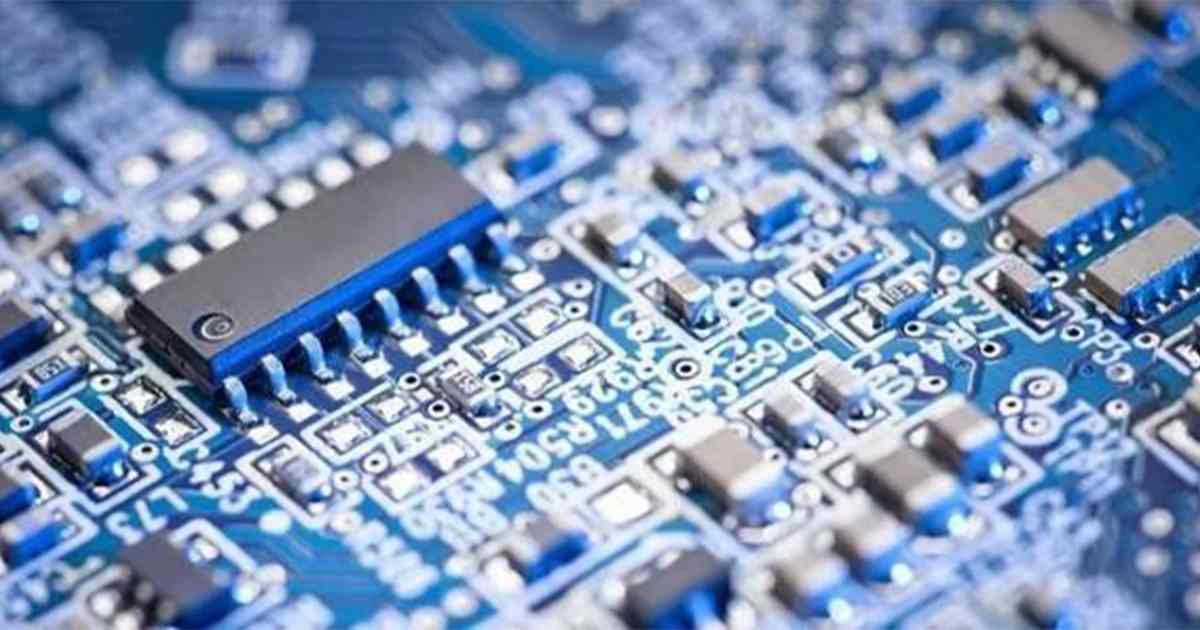
As we delve into the provided context, we can gather valuable information about the advancements in chip integration and the challenges faced in the process. The focus is on combining III/V-on-Si power amplifiers with CMOS-based components responsible for calibration and control functions. Imec, a prominent research organization, is thoroughly investigating various heterogeneous integration options, weighing their advantages and disadvantages across different use cases.
One common method for integrating different RF components into system-level packaging is advanced substrate stacking technology, which is being optimized to accommodate higher frequencies. In addition, imec is exploring more advanced heterogeneous integration techniques.
To achieve better performance and reliability, it is crucial to combine new transistor and circuit design methods, materials, and manufacturing technologies. A notable challenge lies in the significant lattice mismatch between InP (8%) and GaN (17%), which generates numerous defects within the layers, ultimately impacting device performance.
Moreover, the integration of GaN-on-Si and InP-on-Si components with CMOS-based components is necessary for a complete system. Initially, GaN and InP technologies will be utilized to implement power amplifiers within front-end modules. However, CMOS will still be required for calibration, control, and beamforming functions.
Imec's advanced RF program, in collaboration with industry partners, is exploring the integration of GaN and InP devices on large-sized silicon wafers. This approach aims to take advantage of the cost-effectiveness and scalability offered by silicon substrates, as well as the compatibility with CMOS processes for mass production.
To further enhance the performance and reliability of chip technology, imec is also engaged in complementary technical developments, such as the simulation framework for better thermal transfer predictions in RF devices.
InP-on-Si technology presents promising avenues for 6G sub-THz frequencies. The optimal manufacturing methods for InP HBT devices that provide the best power/efficiency trade-off at a working frequency of 140 GHz are being explored. Researchers have also identified the design strategies necessary to achieve optimal RF performance for InP HBTs.
Considering cost and ease of integration, GaN and InP device technologies still face certain challenges in competing with CMOS-based technologies. III/V devices are typically manufactured on small and expensive non-silicon substrates, relying on processes unsuitable for large-scale manufacturing. Integrating these devices onto 200 or 300mm silicon wafers presents an interesting approach, enabling overall optimization while maintaining excellent RF performance.
In summary, the provided information offers insights into the advancements and challenges associated with chip integration. Imec's research explores heterogeneous integration options, such as 2.5D interposer and 3D integration technologies. Furthermore, the need for advanced integration techniques becomes critical as frequencies increase, particularly for large antenna array configurations.
To meet the demand for chip trading business, AMPLE CHIP, The integration of various chip technologies, optimization of manufacturing processes, and exploration of advanced integration options can empower AMPLE CHIP to offer cutting-edge chip solutions to customers in the market.


